An $8 liquor store box full of nature documentary tapes from a school library sale
Part 1: The Living Planet
Back in mid November when the (good) news that Archive.org would eventually be full restored being circulated, I thought about what I’d like to do to celebrate. I’d been going through a box of tapes I’d picked up recently from a school library sale —watching an hour or two of these nature documentaries every day and really enjoying them. Sometimes I’d put them on in the background with a record on or muted while I write or think or do some other task, but while I’m often able to do this with movies or tapes, these really captured my attention.
I love nature documentaries, especially old ones. The neglect and general disinterest in nature docs from before HD video is one of the many reasons I started this blog. Modern nature docs are also very interesting and fun to watch, not just for the better quality video, but access to animals of all sizes has gotten easier and slow motion video technology has come so far since the late 80s, they can be really thrilling.
Like with many things, I feel perfection is often found in the moment. This week, I have 5 BBC produced, David Attenborough narrated nature docs from 1987, and they were the absolute peak of this genre at their time. Just like Planet Earth or Dynasties are for the HD or 4k era, The Living Planet was to early consumer home video. It’s a marvel sometimes to experience what the directors of photography were able to capture with such a small fraction of the technology we have today. I think it’s something to be celebrated.
Nature docs are a big part of my personal media consumption. I find that the older ones can be a lot more relaxing to view, as many newer nature docs rely so much on tension or crafting a narrative. It’s likely that this is more accurate to the brutal hierarchy of the animal kingdom, but sometimes I just want to see some cool shots of birds hanging out.
So for the last post of the year, I’d like to introduce this three-part series of all the nature docs I picked up from a library sale back in November. It’ll be about 20 tapes in total, with the following parts of the series coming out in quick succession January 2025.
I’d like to say thank you real quick to all my readers and paid subscribers for another very productive year! This is still a very small blog, by most metrics, but getting to know many of you and hearing your recommendations has been very rewarding. This blog grew quite a bit this year, despite me being busy with other work and projects at many points. You, the few hundred consistent readers here, have generated over 30K views on digitized and archived content and I want to say thank you so much for watching! Knowing there is an audience for the kind of stuff I love to collect is rewarding, so thank you! 2025 will be another productive year and I can’t wait to share some of the projects I’ve been working on for y’all.
Well, let’s get right into this week’s tapes!
The Living Planet: Worlds Apart
1987 | Runtime: 60 Minutes
In a stirring piece of filmmaking, anthropologist David Attenborough takes you to out-of-the-way places that are, in every sense of the phrase, out of this world. Isolated, singular mini-worlds where the species are varied, vulnerable and wonders to behold. Travel to Aldabra Island, a coral atoll in the Indian Ocean, where millions of terns are mating and laying eggs and where well over 100,000 giant tortoises roam, this being their one and only habitat on Earth. Visit Komodo, a remote island off the coast of Indonesia, where the resident tough guy is a nine-foot-long lizard aptly named the Komodo dragon. Touch down in the Hawaiian Islands for a glimpse of unique and vivid life-forms-rainbow colored birds and curious insects—and the evolutionary niches they occupy. Then to New Zealand to encounter the flightless kiwi, the dinosaur-related tuatara, and a new, foreign predator, brought here 200 years ago as a pet, which now wanders and pillages in the wild: the cat.
The Living Planet: The Sky Above
1987 | Runtime: 60 Minutes
If the atmosphere that surrounds the Earth can be called an envelope, then anthropologist David Attenborough delivers it in a first-class and awe-inspiring way. From tiny weightless life- forms to huge creatures of "powered flight," Attenborough turns his gaze and perception on all manner of plants and animals living in the sky. Ascend by balloon for a vulture's eye view of the plains of the Serengeti in Africa. Descend into a cave in Venezuela to find the wondrous oilbirds, who navigate by clicking much the way bats do by squeaking. Witness a living aerial traffic jam above Panama. Sit alongside an albatross's nest and watch this immense bird glide effortlessly and endlessly, putting its 11-foot wingspan to good use. Then, thanks to state-of-the-art slow- motion photography, watch the peregrine falcon, the ace of dive bombers, achieve a breathtaking mid-air kill.
The Living Planet: The Northern Forests
1987 | Runtime: 60 Minutes
Anthropologist David Attenborough's probing cameras and insightful commentary make the woodlands a wonderland of fascinating extremes. Go from the Arctic deep freeze to the Tropics, where the forest floor frequently bursts spontaneously into flames. Contrast enormous sequoias (Earth's largest living organisms) with a horrific scorpion the size of a pinhead, and the dead of winter with a teeming spring. Yet, even with these extremes, the forest reveals itself as an intriguingly interrelated world. A world of evolution that produces giant grouse who wouldn't dream of migrating south for the winter and of adaptation where voracious beetles can't possibly pass up still-smoldering pines. A world of predators vs. prey in which caterpillars spray numbing resin on ants and shrews put the poisonous bite on strutting salamanders.
The Living Planet: Seas Of Grass
1987 | Runtime: 60 Minutes
Where it lives, there is life. Grass-the "stuff of life"-not only accounts for one-fourth of the planet's vegetated area, it also is the chief sustenance of the planet's animal life. Anthropologist David Attenborough takes you on a global walk in the grass. From the savannahs of Brazil, where giant anteaters roam among five-foot-high termite mounds, to the American plains, where the amazingly social prairie dog coexists with the resurgent buffalo. Then to Africa's bush for a visual feast of cheetahs on the prowl, wildebeests on the hoof and miniature dik-diks on the make, and the Sudan, where you watch a huge herd of antelope run its annual gauntlet through the thousands of poised spears of the Merle tribe. Like the grasslands that attract it, the herd doesn't just survive, it thrives.
The Living Planet: Sweet Fresh Water
1987 | Runtime: 60 Minutes
As fresh water makes its mad, headlong plunge from the mountains to the salty oceans, it actually seems to "age." Anthropologist David Atten- borough unveils this fascinating process. Follow water's reckless youth as the Amazon River rushes past in a fury. Its “tenants” must be tenacious. Small torrent ducks make heroic dives for food. And tiny caddis fly larvae glue themselves to rocks. When water reaches middle age, life is slower, but no less violent, as piranha go about their grisly work. Still “older” water settles into lakes such as Russia's 400-mile-long Lake Baikal, a place of astonishing life and continuous change. And then, before joining the seas, water in deltas becomes absolutely still-and absolutely astounding-as mirrored by Iraq's Marsh Arabs, who live astride rafts made of reeds.
Well, that’s it for this week! I hope you enjoyed the tapes! If you’re looking for more, please check out my page on Archive.org for the full list of digitized media. If you have any questions, feel free to send me a message right here or drop a comment below. If you haven’t already, please check out the one of my previous posts below, or all of my other previous posts here. Thanks so much for checking out this week’s edition of Diptych!
See you soon!
—Forrest


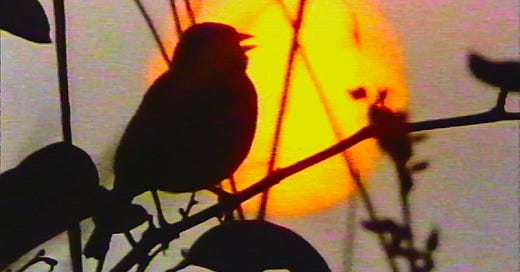






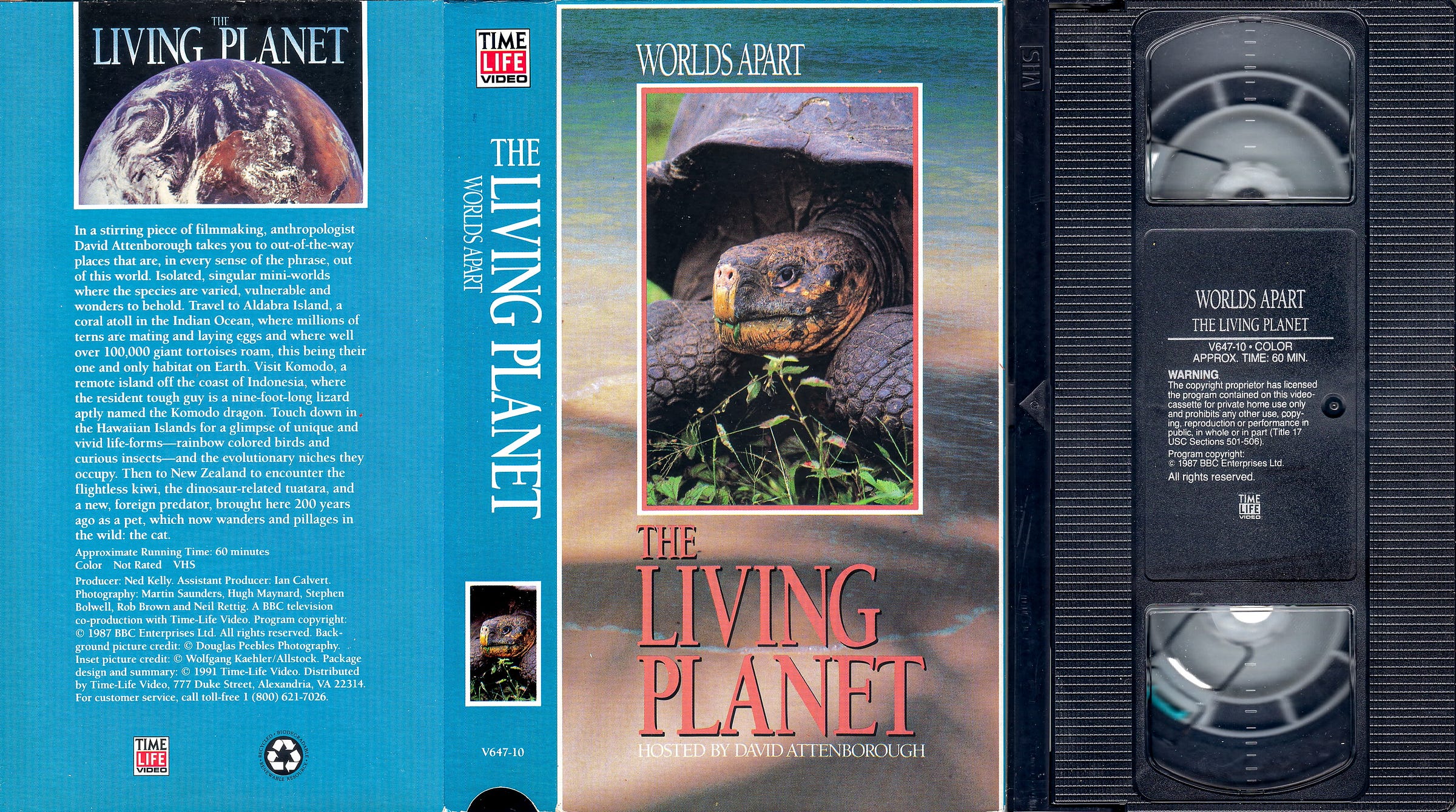
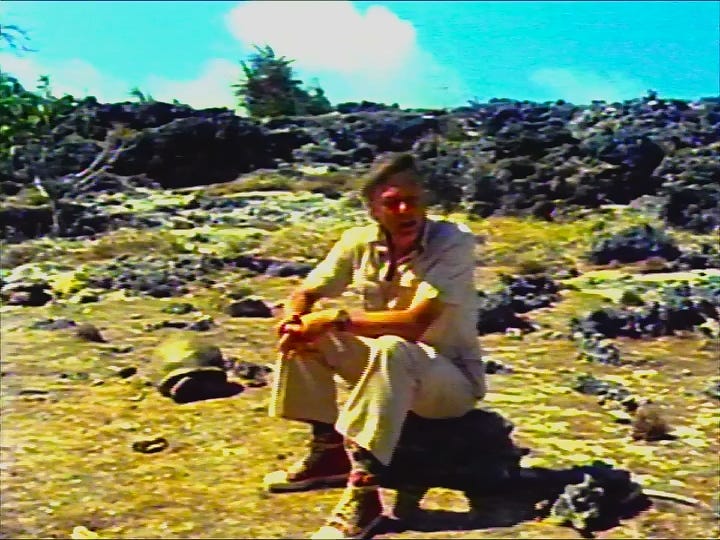

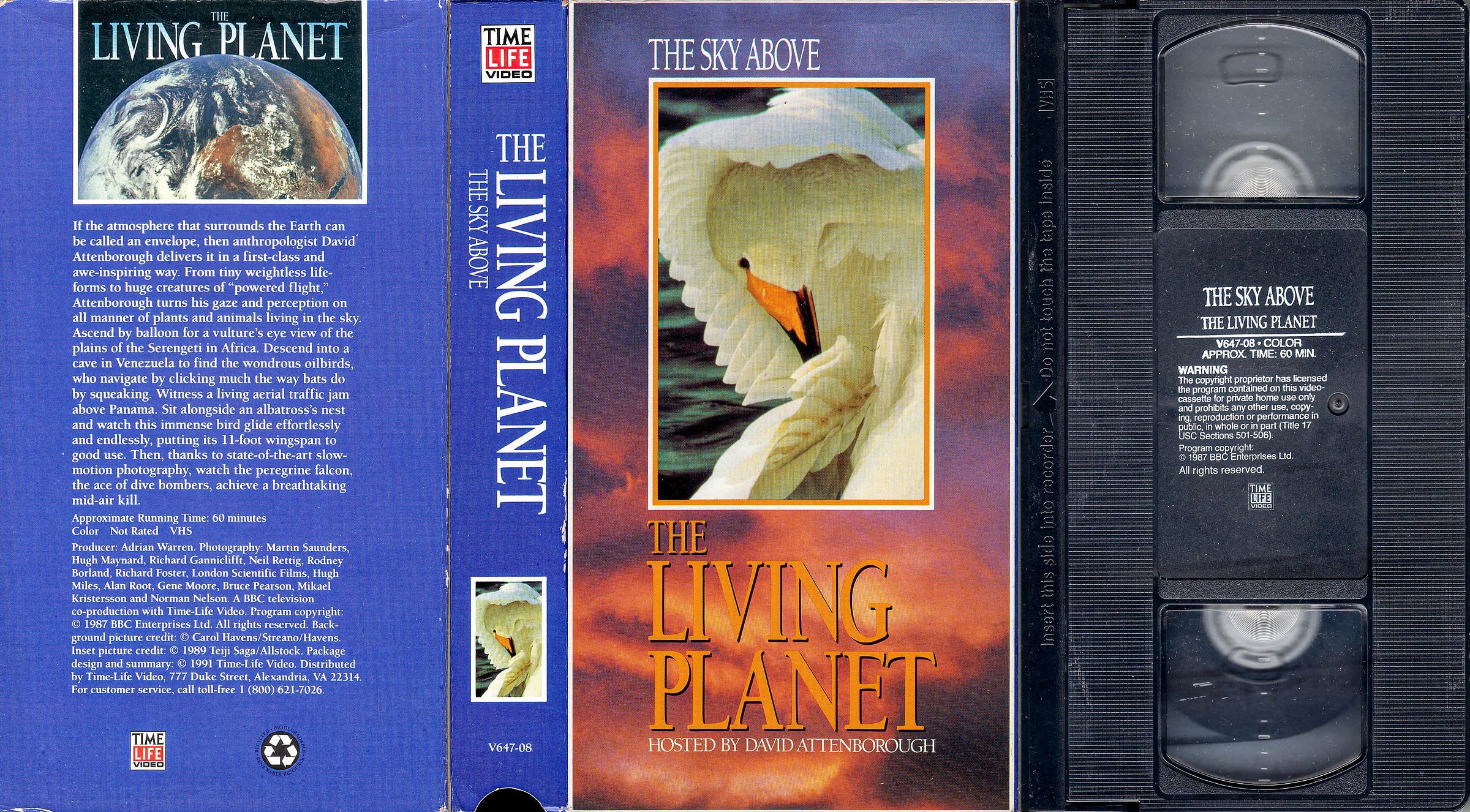
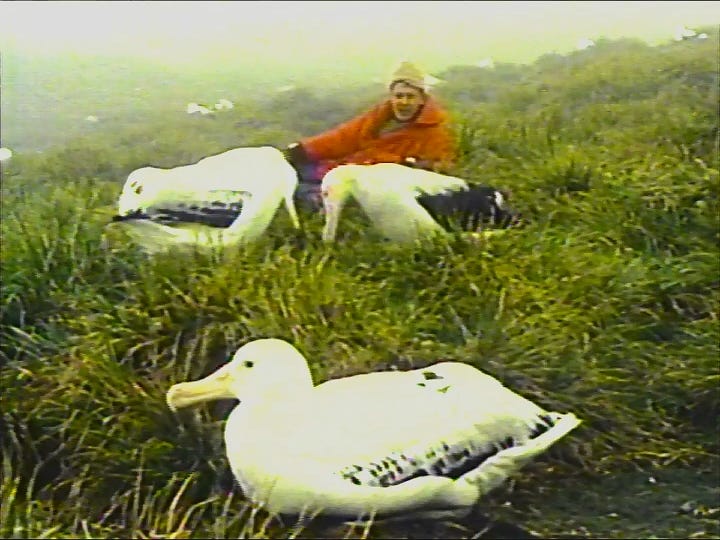

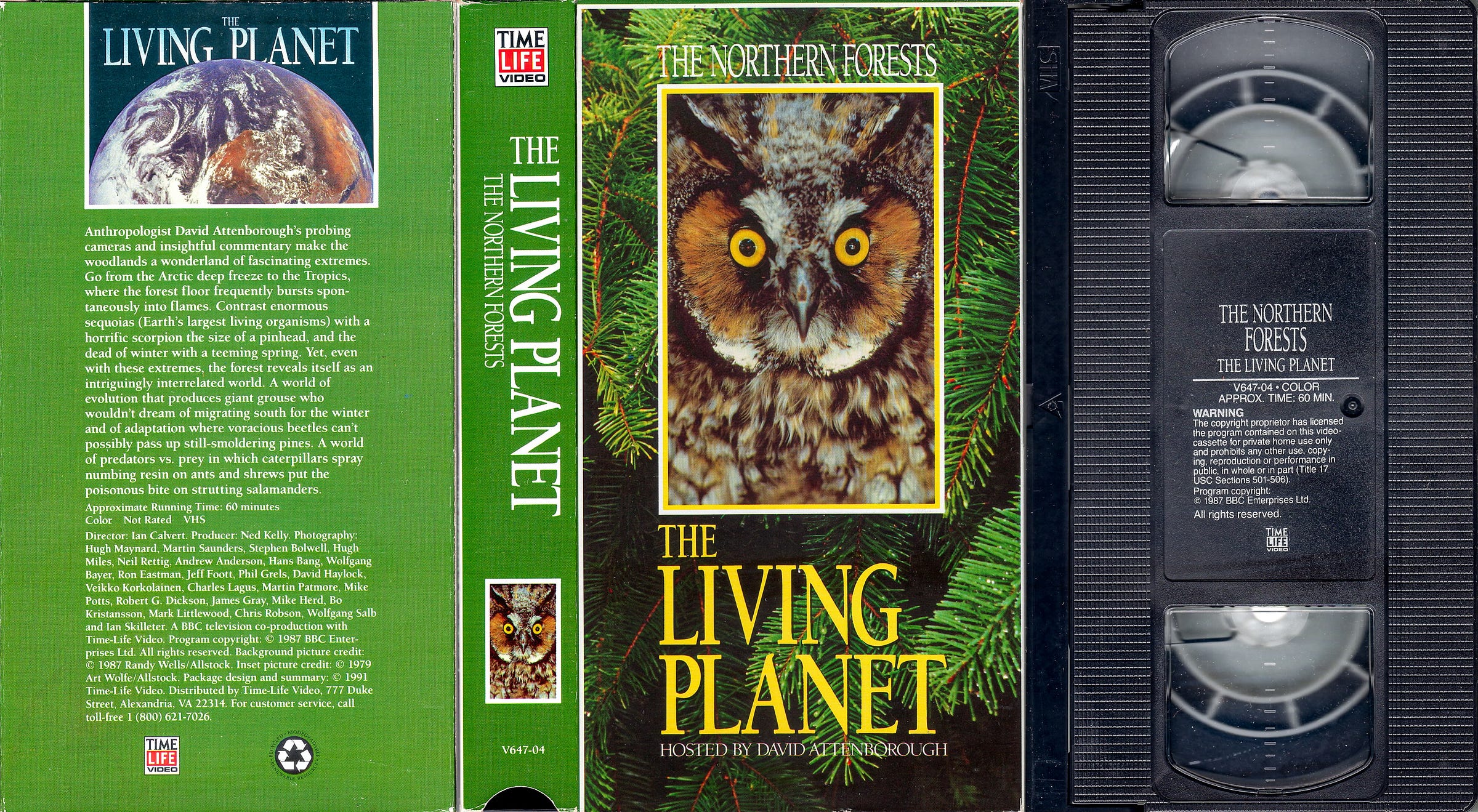





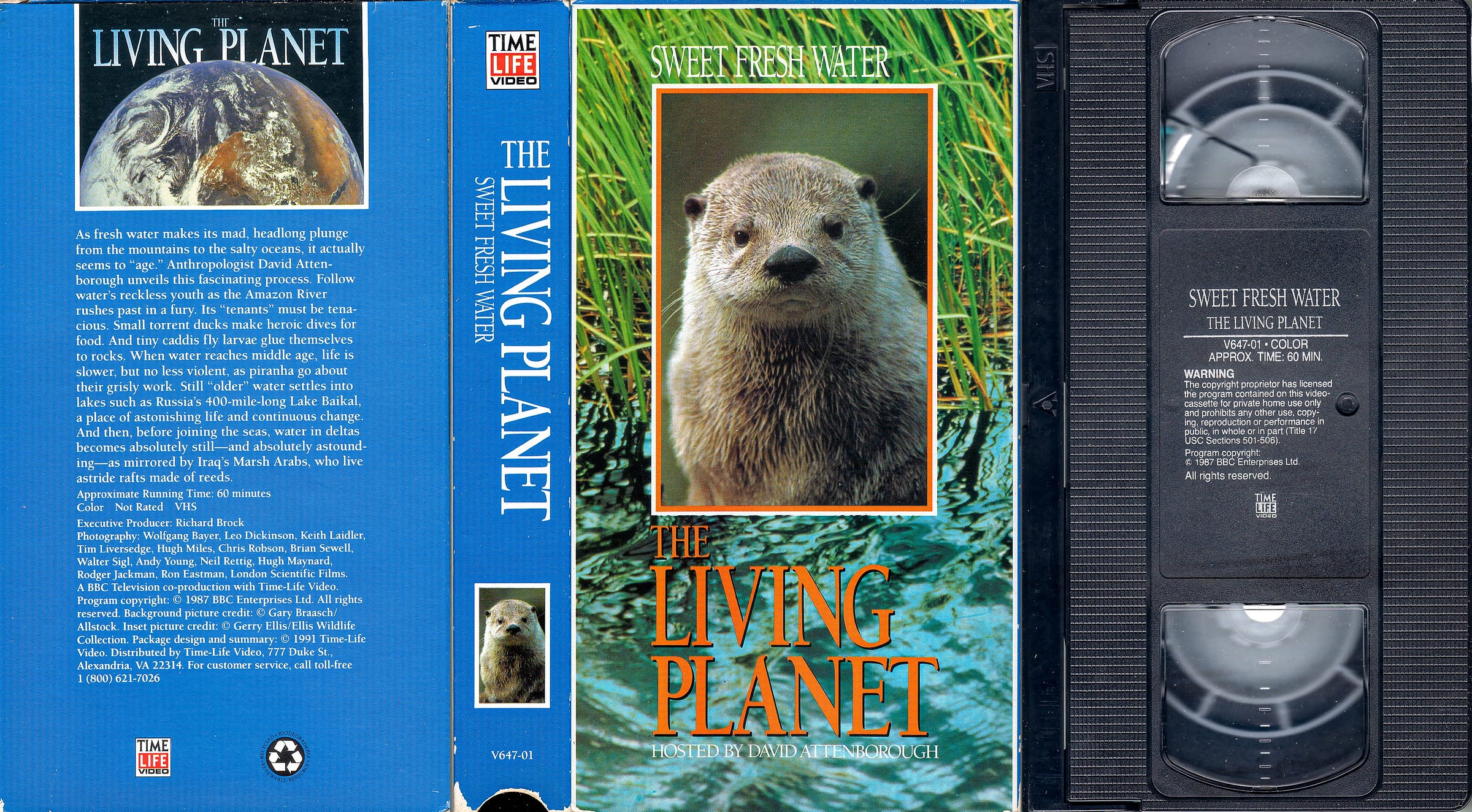


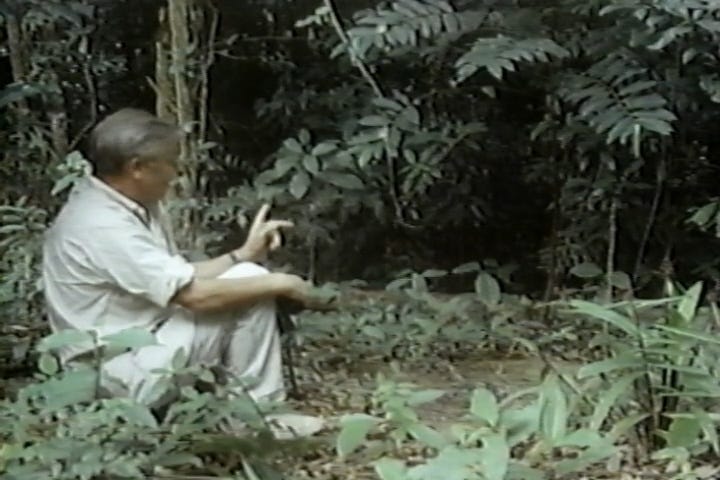

I do in fact wish to see birds just hanging out.